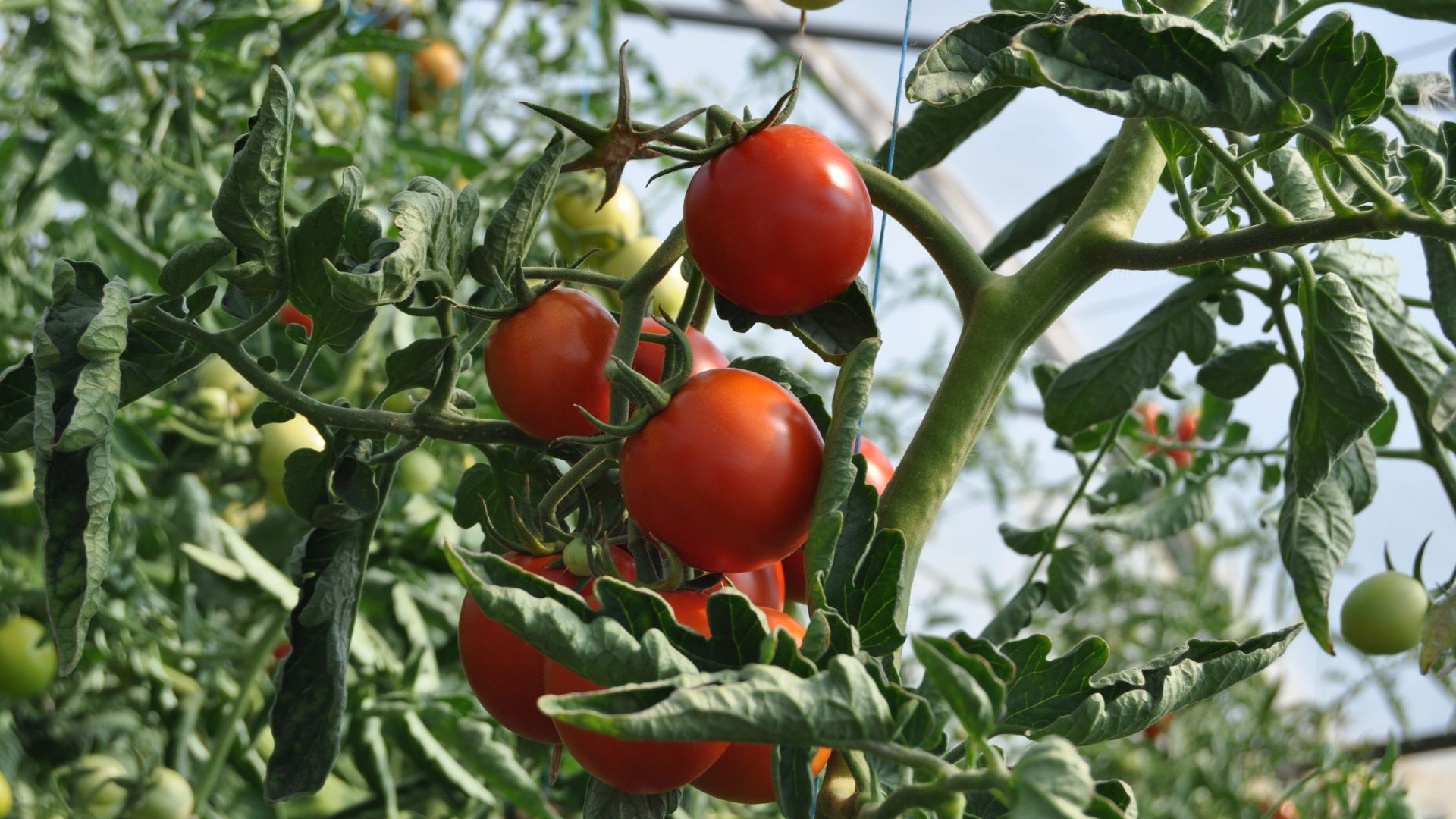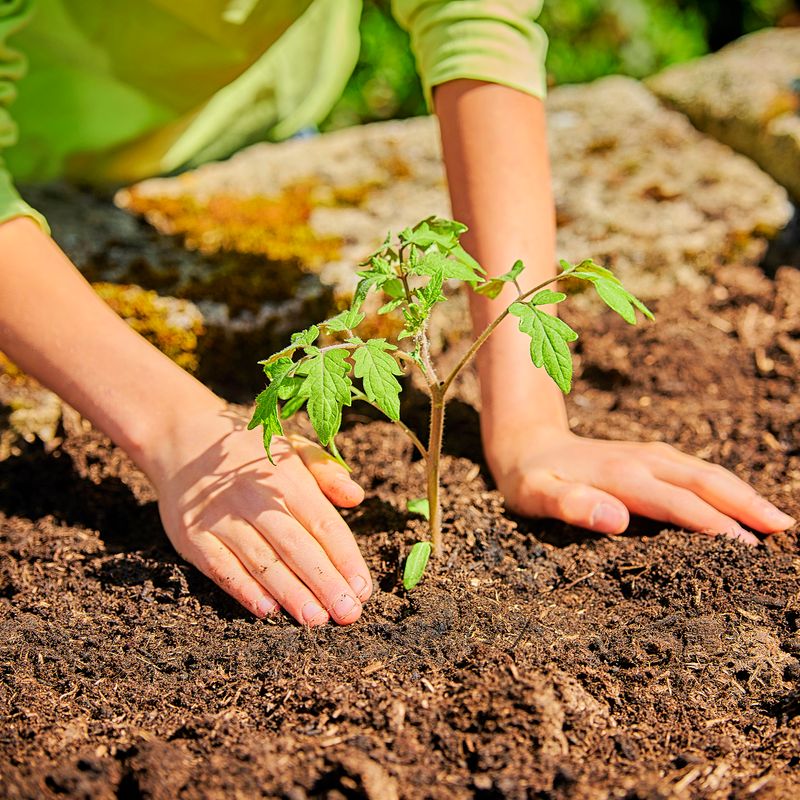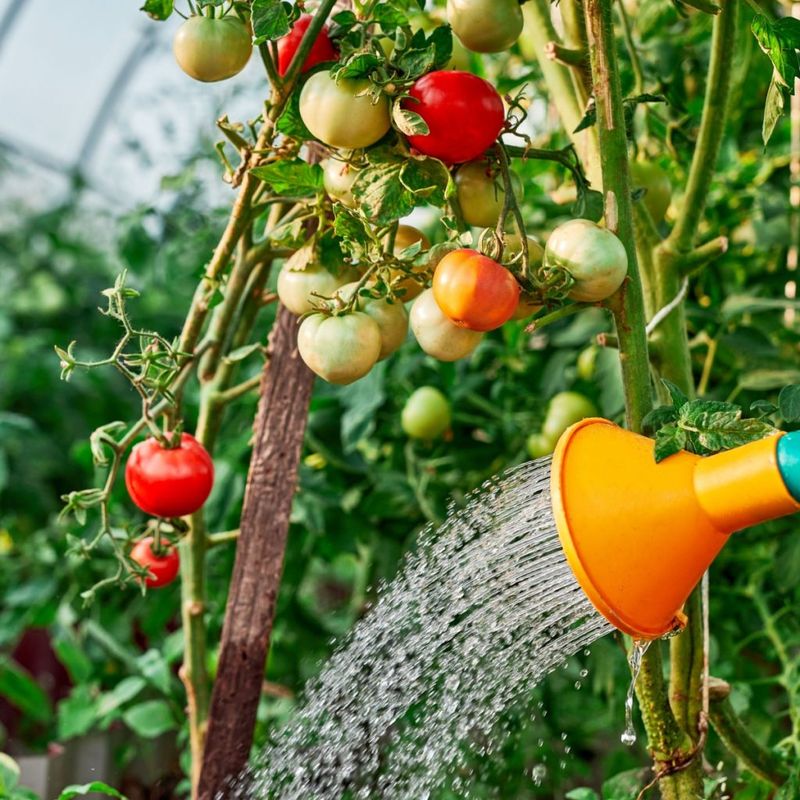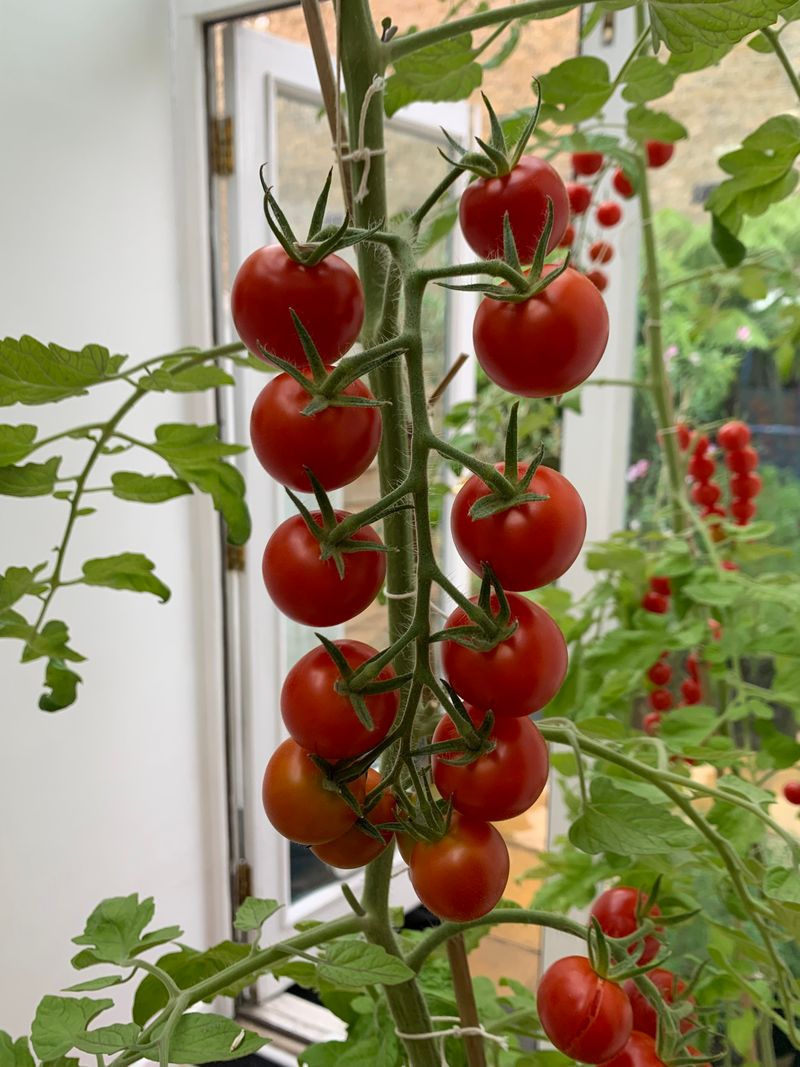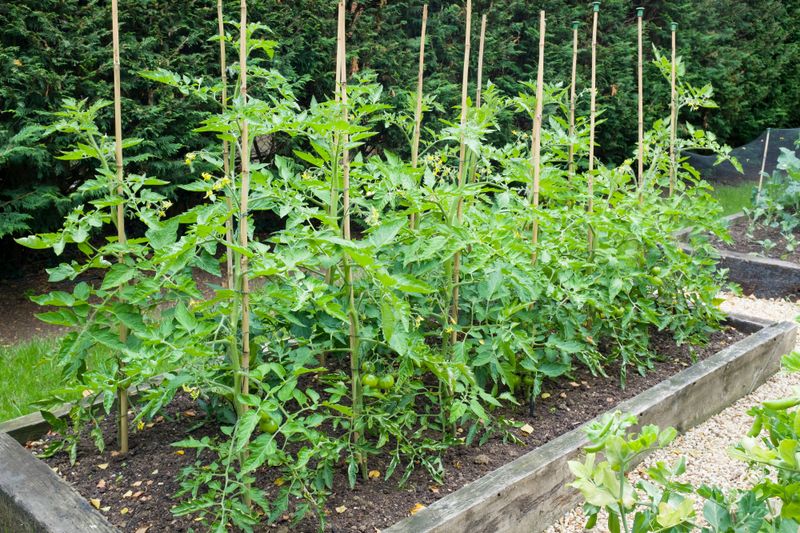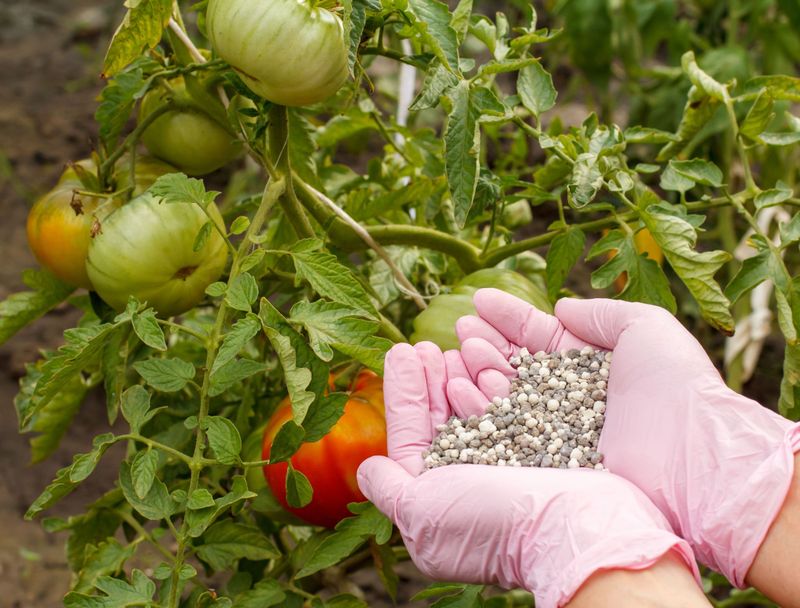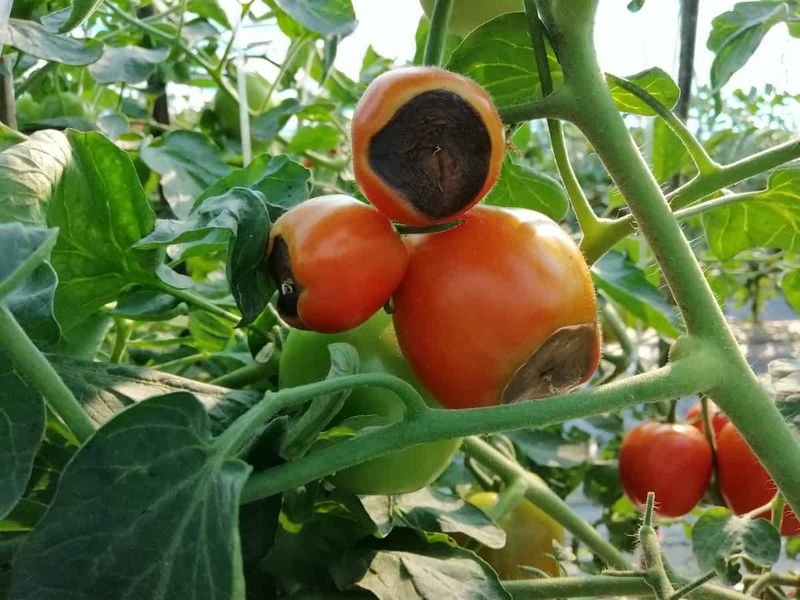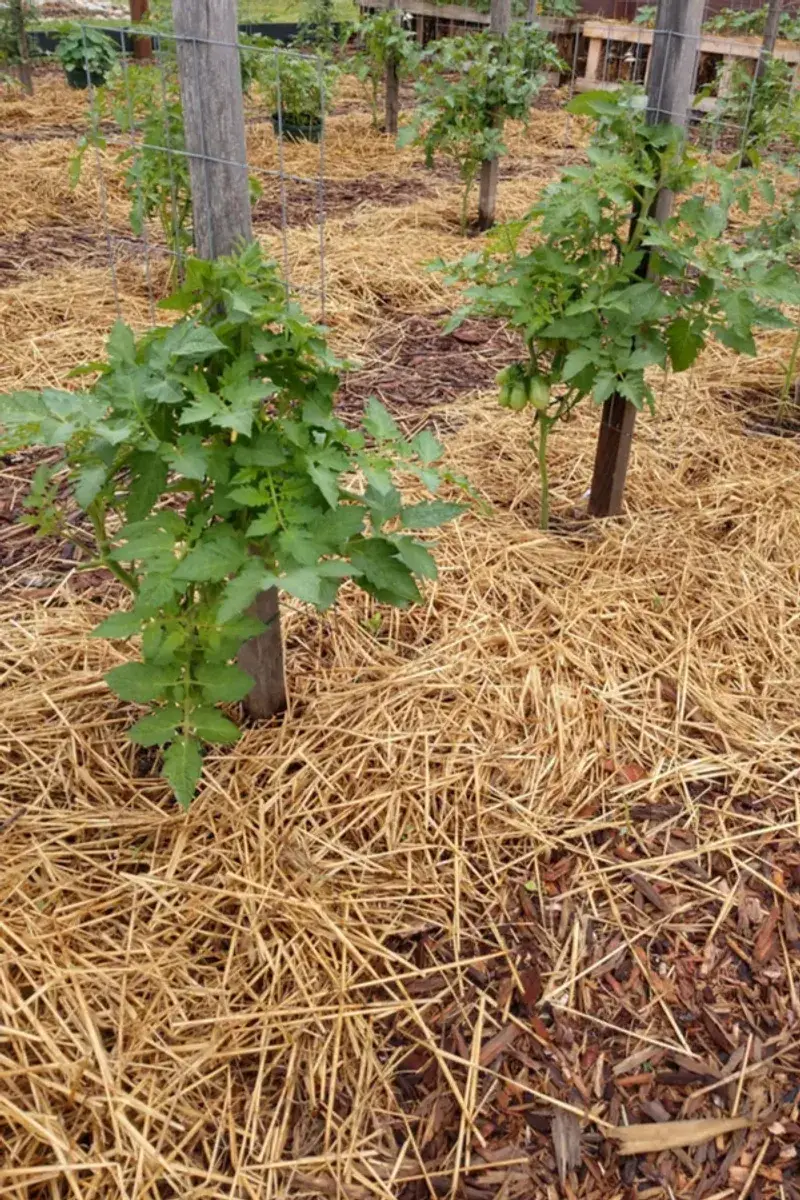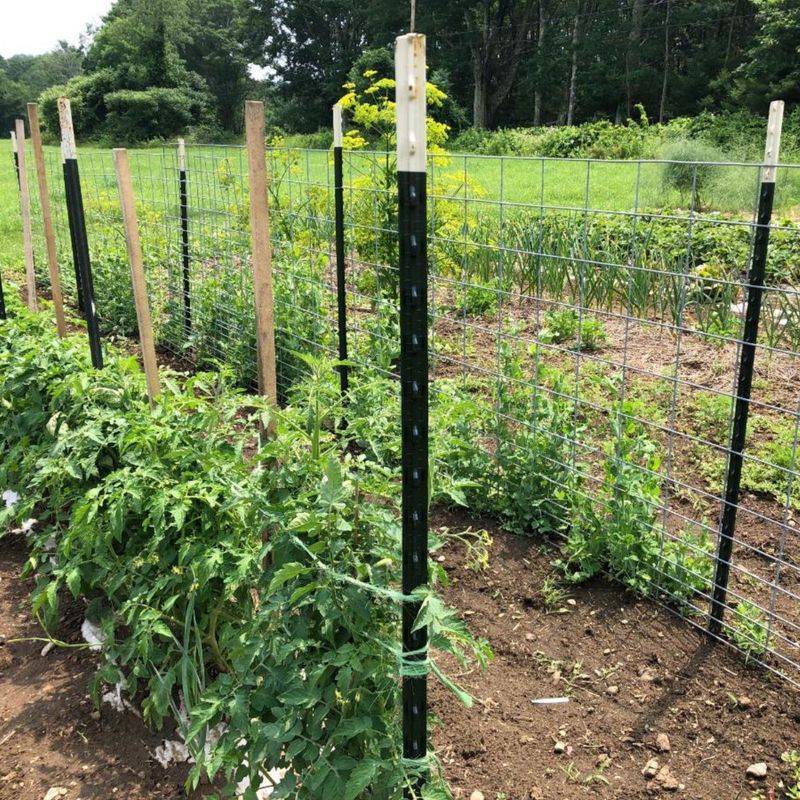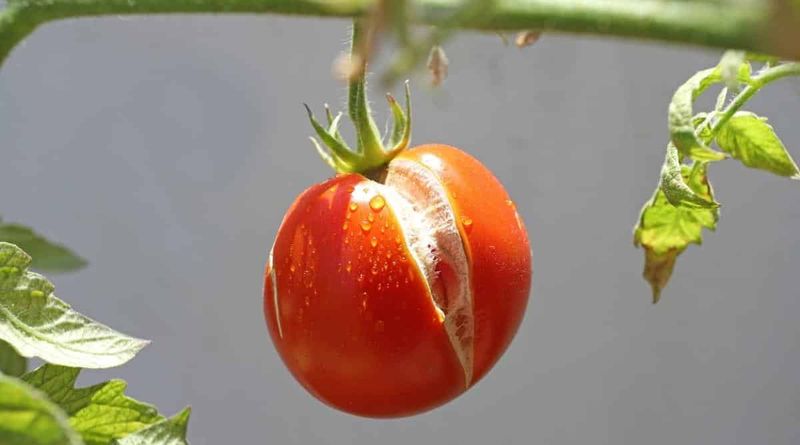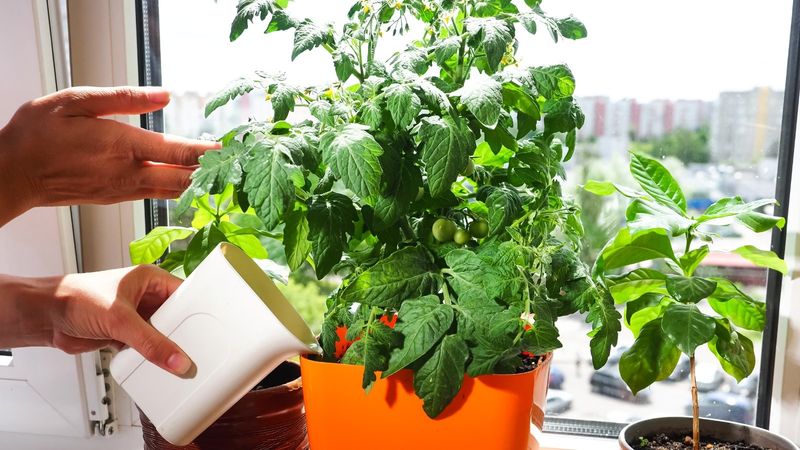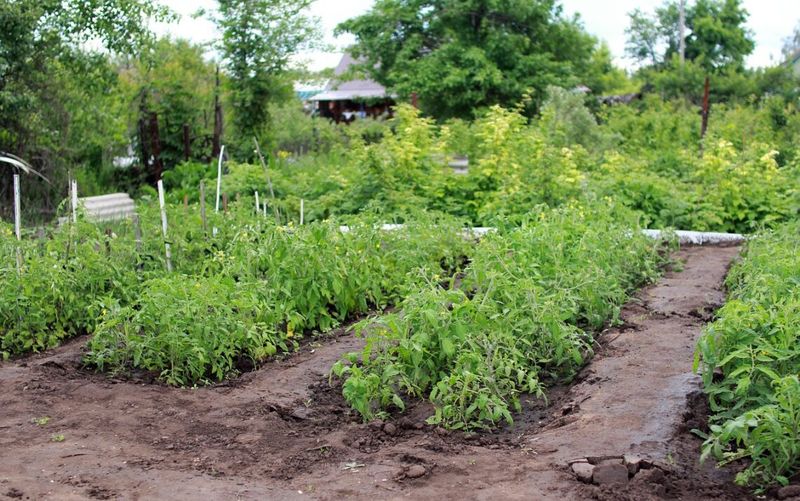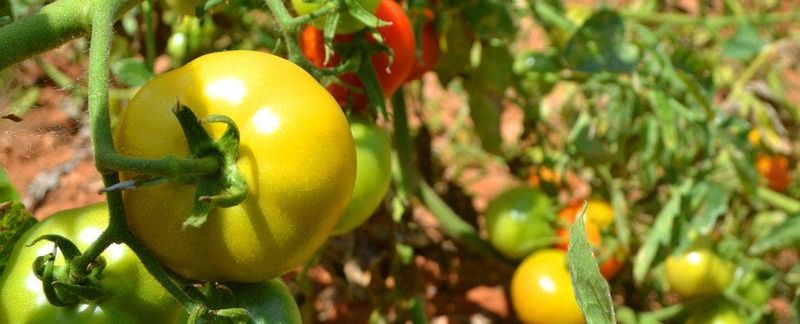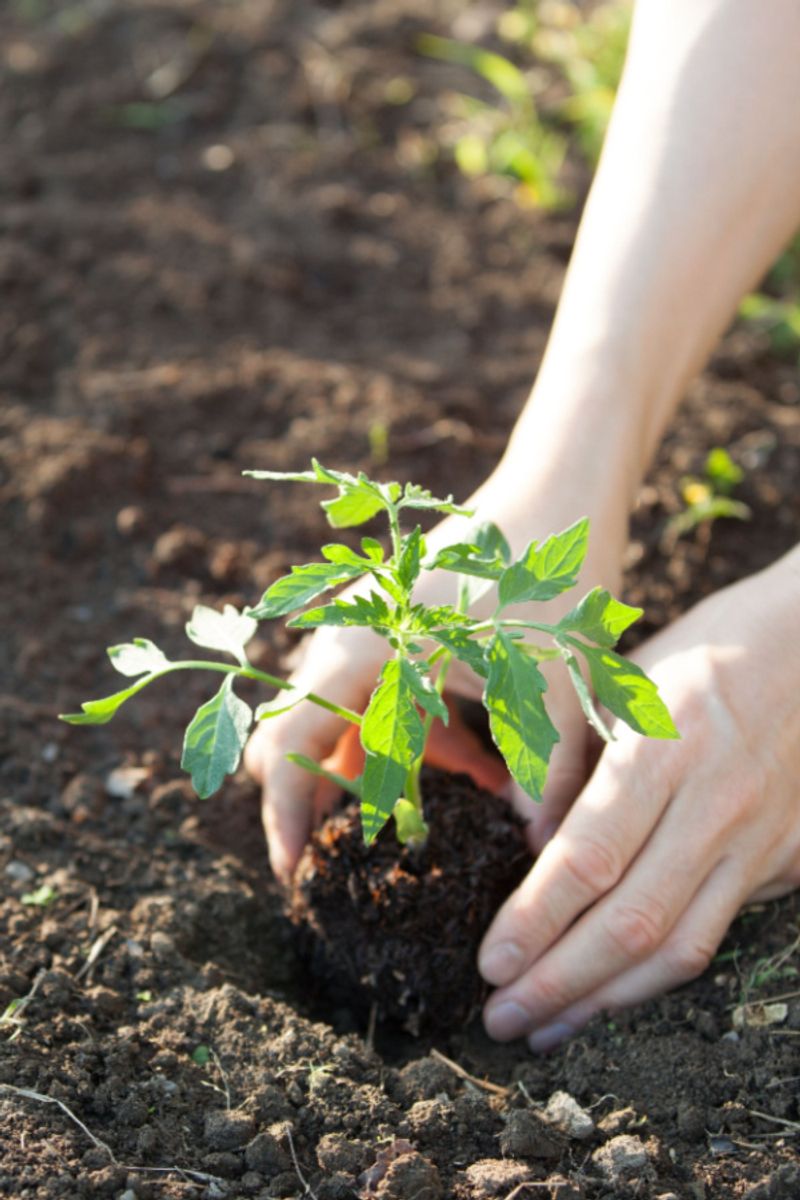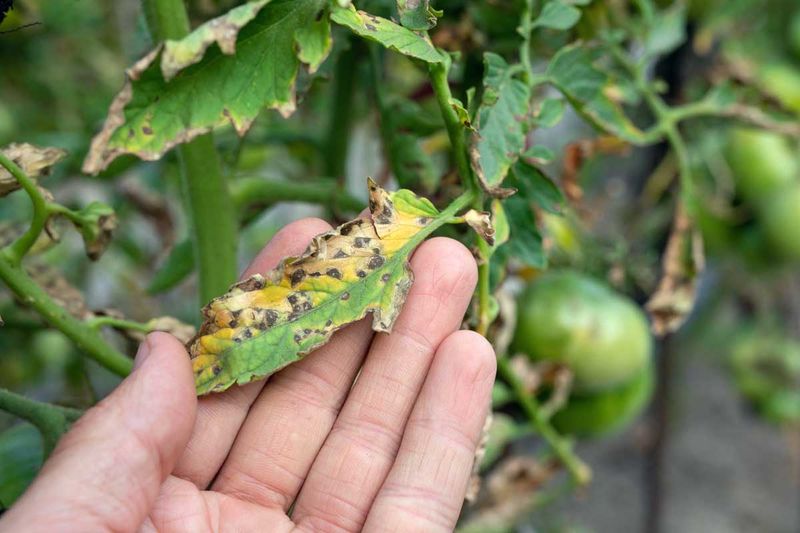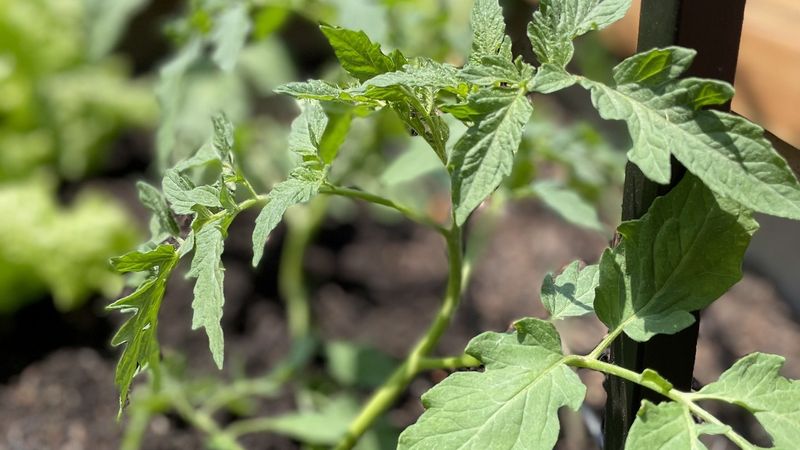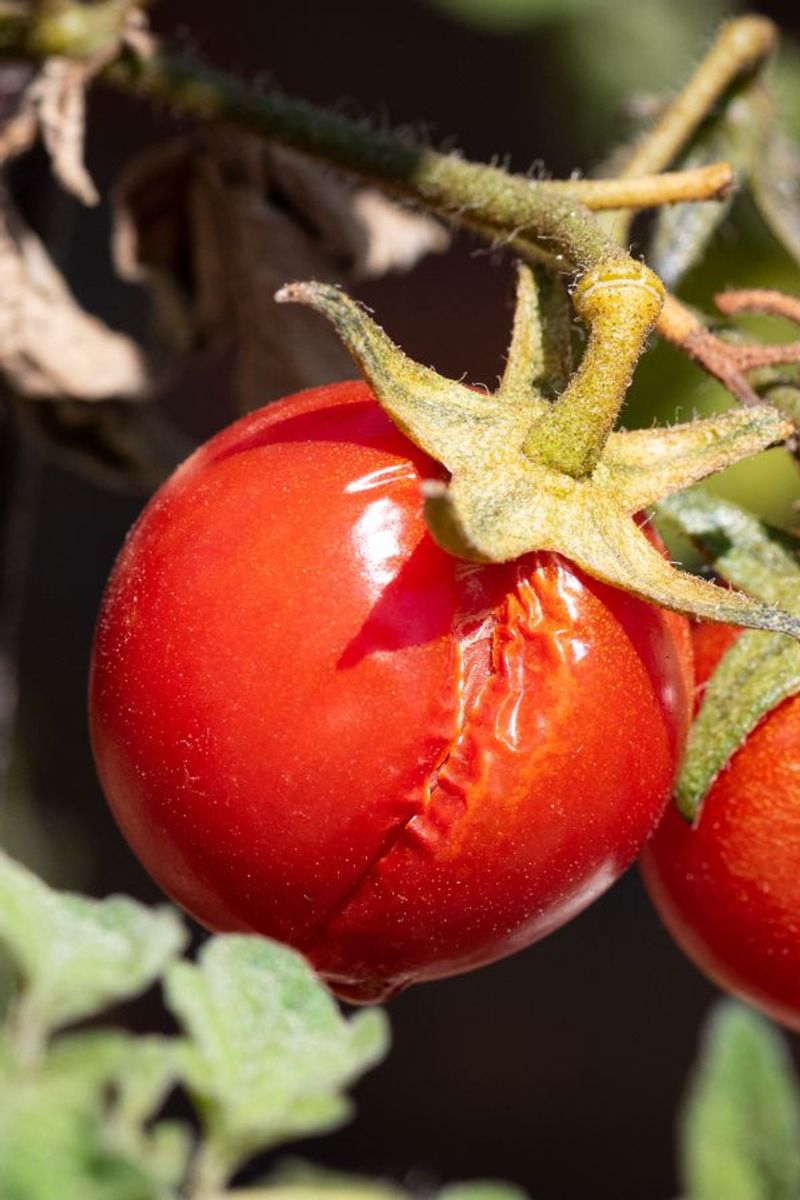Growing big, juicy tomatoes sounds easy—just plant, water, and wait, right? That’s what I thought when I started. But it didn’t take long to realize tomatoes can be a bit fussy if you don’t get a few key things right.
I’ve had seasons where the plants looked great but barely produced any fruit, or where everything went fine until disease took over. It’s frustrating, especially when you’ve put in the effort. Turns out, a lot of those issues trace back to common mistakes I didn’t even know I was making.
If your tomatoes haven’t been living up to the hype, you’re not alone. Let’s go through some of the most common tomato-growing missteps—and how to fix them—so you can finally enjoy the harvest you’ve been dreaming of.
1. Planting Too Early
Rushing to plant tomatoes before the soil warms up properly is a recipe for stunted growth. Cold soil temperatures below 60°F prevent roots from developing and can shock young plants into a dormant state.
Your eager seedlings might survive but they’ll sit there sulking for weeks, falling behind plants that were put in at the right time. The early bird doesn’t always get the worm in tomato growing! Wait until nighttime temperatures consistently stay above 50°F before transplanting.
Use a soil thermometer to check ground temperature – when it reaches 65-70°F, your tomatoes will establish quickly and grow vigorously right from the start.
2. Drowning Your Plants
Overwatering is perhaps the quickest way to kill tomato plants. The roots need oxygen, and when soil stays constantly wet, they suffocate. You’ll notice yellowing leaves, slowed growth, and eventually root rot.
Many gardeners make this mistake thinking more water equals more growth. The reality is quite opposite! Tomato plants actually prefer to dry out slightly between waterings – this encourages deeper root growth.
Water deeply but infrequently, allowing the top 1-2 inches of soil to dry out before watering again. During peak growing season, this typically means watering established plants twice weekly rather than daily. Your tomatoes will thank you with stronger stems and better fruit.
3. Skimping On Sunlight
Tomatoes are sun-worshippers, plain and simple. Placing them in partial shade or areas that receive less than 6 hours of direct sunlight daily dramatically reduces their ability to produce food through photosynthesis.
Plants in insufficient light grow tall and spindly as they stretch toward available light. The fruits develop slowly, taste bland, and contain fewer nutrients. Many gardeners don’t realize their “full sun” spot actually gets shaded by trees or buildings during critical parts of the day.
Monitor your garden throughout the day before planting. The ideal location receives 8-10 hours of direct sunlight. If your garden has limited sunny spots, prioritize them for tomatoes over less sun-hungry vegetables like lettuce or herbs.
4. Cramming Plants Together
The temptation to fit more tomato plants into limited space leads many gardeners to plant them too close together. This creates a perfect storm for disease as air circulation becomes restricted between tightly packed foliage.
Crowded plants compete fiercely for nutrients, water, and sunlight. The result? Smaller yields, increased susceptibility to fungal problems like early blight, and difficulty accessing plants for maintenance and harvesting. Space determinate varieties at least 2 feet apart and indeterminate types 3-4 feet apart.
It may seem excessive when plants are small, but mature tomato plants need room to spread. Proper spacing pays off with healthier plants and significantly higher yields per plant.
5. Fertilizer Overkill
More isn’t better when it comes to feeding tomatoes. Excessive nitrogen fertilizer forces plants to produce lush, green foliage at the expense of flowers and fruit. You’ll end up with beautiful bushes but disappointingly few tomatoes.
Chemical fertilizer burn happens when concentrated nutrients damage delicate root systems. The symptoms appear as yellowing leaves with brown edges and stunted growth – ironically similar to nutrient deficiency signs, causing confused gardeners to add even more fertilizer!
Start with compost-enriched soil at planting time. Once flowering begins, switch to a balanced fertilizer with higher phosphorus (the middle number in NPK ratings). Apply at half the recommended strength every 3-4 weeks rather than heavy, infrequent applications.
6. Ignoring Soil PH
Tomatoes have strong opinions about soil acidity. When pH levels fall outside their preferred range of 6.0-6.8, plants struggle to absorb essential nutrients even when those nutrients are present in the soil.
Gardeners often blame pests or disease when seeing yellowing leaves or blossom end rot, not realizing the real culprit is improper pH blocking calcium uptake. The frustrating part? No amount of fertilizing fixes problems caused by pH imbalance.
Test your soil before planting using an inexpensive kit from any garden center. For overly acidic soil (below 6.0), work in garden lime according to package directions. If soil is too alkaline (above 7.0), add sulfur or peat moss to lower pH gradually.
7. Forgetting To Mulch
Bare soil around tomato plants creates multiple problems that impact growth. Without mulch, soil temperatures fluctuate wildly, stressing plants and causing inconsistent growth patterns. During heavy rain, soil splashes onto lower leaves, spreading soil-borne diseases.
Water evaporates quickly from uncovered soil, requiring more frequent watering. This not only wastes water but also creates the feast-or-famine moisture conditions that lead to blossom end rot and fruit cracking.
Apply a 2-3 inch layer of organic mulch like straw, shredded leaves, or chemical-free grass clippings around plants after the soil has warmed. Keep mulch a few inches away from the stems to prevent rot.
8. Neglecting Proper Support
Letting tomato plants sprawl on the ground might seem like the easy route, but it’s an invitation for trouble. Fruits that touch soil are much more likely to rot or get attacked by insects and slugs. Ground-level tomato plants develop more diseases as rain splashes soil-borne pathogens onto the leaves.
The tangled mess makes harvesting difficult, and you’ll miss many ripe tomatoes hidden in the foliage. Air circulation also becomes poor, creating ideal conditions for fungal problems. Set up sturdy cages, stakes, or trellises at planting time.
For indeterminate varieties, choose supports at least 6 feet tall. Secure plants to supports with soft ties as they grow, keeping fruits and foliage off the ground. The investment in proper support structures pays off with cleaner fruit and fewer disease issues.
9. Erratic Watering Habits
Tomatoes hate surprises when it comes to moisture. The cycle of drought followed by drenching creates stress that manifests as cracked fruits, blossom end rot, and poor overall production. Many gardeners water daily with shallow sprinklings that barely penetrate the soil surface.
This encourages shallow root systems that can’t access deeper moisture during hot spells. The plants become dependent on frequent watering and collapse quickly when you miss a day. Develop a consistent watering schedule based on soil moisture, not the calendar.
Use drip irrigation or soaker hoses to deliver water directly to the root zone. Aim for 1-2 inches of water weekly, including rainfall, applied in fewer, deeper waterings rather than frequent light sprinklings.
10. Skipping Proper Pruning
Allowing tomato plants to grow into wild, untamed bushes reduces both yield and fruit quality. Unpruned plants direct energy to excessive foliage rather than fruit production. The interior becomes so dense that sunlight can’t reach developing tomatoes.
Suckers – those shoots that form in the crotch between the main stem and branches – multiply rapidly on neglected plants. Each sucker becomes its own stem with leaves and fruit, eventually creating an overcrowded mess with smaller, later-ripening tomatoes.
For indeterminate varieties, remove suckers regularly when they’re small. Maintain 2-3 main stems for optimal production. Also remove lower leaves that touch the ground to prevent disease spread. Determinate types need minimal pruning – just remove yellowing leaves and improve air circulation if needed.
11. Using Garden Soil In Containers
Regular garden soil becomes a disaster in pots. It compacts easily, drains poorly, and often contains weed seeds, fungal spores, and insect eggs that thrive in container environments. Container-grown tomatoes need special consideration. Garden soil in pots typically forms a dense, airless mass that suffocates roots.
Water either runs straight through without being absorbed or sits in the pot, creating soggy conditions. Plants struggle to establish strong root systems and often fail to thrive despite regular feeding. Use high-quality potting mix specifically formulated for containers.
These mixes contain perlite, vermiculite, or coconut coir to improve drainage while retaining appropriate moisture. For tomatoes, choose mixes labeled for vegetables or add extra compost to general-purpose potting soil for better nutrition.
12. Planting In The Same Spot Yearly
Stubborn gardeners who plant tomatoes in the same location year after year create their own problems. Soil-borne diseases specific to tomatoes and their relatives (potatoes, peppers, eggplants) build up in the soil, waiting to infect the next crop.
Each tomato season depletes certain nutrients from the soil. Without rotation, the ground becomes imbalanced, lacking specific elements tomatoes need while potentially accumulating others. The result is progressively weaker plants that produce less each year.
Practice crop rotation by moving tomatoes to a different garden section annually. Wait at least three years before planting tomatoes in the same spot again. Keep records of where you plant each vegetable family to maintain an effective rotation schedule that breaks disease cycles and maintains soil health.
13. Choosing The Wrong Varieties
Growing tomato varieties unsuited to your climate sets you up for disappointment from the start. Long-season heirlooms might never ripen in northern regions with short summers. Heat-sensitive varieties struggle in southern climates where nighttime temperatures stay above 75°F.
Disease resistance matters tremendously in humid areas prone to fungal issues. Gardeners often select varieties based solely on catalog descriptions or nostalgic memories without considering their specific growing conditions. Research varieties that perform well in your specific region.
Look for disease resistance codes (like VFN or VFNT) if common tomato diseases plague your area. Choose determinate types for containers and cooler regions with shorter seasons. Save long-season indeterminate heirlooms for areas with extended warm periods.
14. Shallow Planting
Planting tomato seedlings at the same depth as they were in their nursery pots misses a valuable opportunity for stronger plants. Unlike most vegetables, tomatoes can develop roots all along their buried stems, creating more extensive root systems that access more water and nutrients.
Shallow-planted tomatoes develop weaker root systems that make them vulnerable to drought and wind damage. They require more frequent watering and fertilizing because their limited roots can’t forage effectively for resources in the soil.
Remove lower leaves and plant tomato seedlings deep enough that only the top 4-6 inches remain above ground. For leggy seedlings, try trench planting – dig a horizontal trench and lay the stem sideways with just the top leaves exposed. The buried stem will develop roots along its entire length.
15. Ignoring Early Disease Signs
Brushing off those first few spotted leaves can lead to complete crop failure. Fungal diseases like early blight and septoria leaf spot start on lower leaves but quickly spread upward if left unchecked. Many gardeners mistakenly assume a few spots are normal or harmless.
The reality is that plant diseases follow a mathematical progression – each infected leaf creates spores that infect multiple additional leaves. By the time symptoms are widespread, control becomes extremely difficult or impossible. Entire plants can collapse within days during humid weather.
Remove affected leaves at the first sign of spots or discoloration. Improve air circulation by pruning and proper spacing. Apply organic fungicides preventatively in humid conditions before problems appear.
16. Overhead Watering Madness
Spraying water on tomato foliage creates the perfect environment for fungal and bacterial diseases to thrive. Wet leaves, especially overnight, are practically an engraved invitation for pathogens. Yet many gardeners continue this harmful practice out of habit or convenience.
Overhead watering also wastes water through evaporation before it reaches the roots. Water droplets on leaves can act like tiny magnifying glasses in bright sun, potentially causing leaf scorch. Soil splashing onto lower leaves during sprinkler use spreads soil-borne diseases upward.
Water at the base of plants using drip irrigation, soaker hoses, or careful hand watering. If you must use sprinklers, run them in early morning so foliage dries quickly. The extra effort of targeted watering pays huge dividends in plant health and reduced disease problems throughout the season.
17. Yanking Out Volunteers
Those volunteer tomato plants that pop up from last year’s fallen fruits often represent the strongest genetics from your previous crop. They’ve proven their ability to germinate in your specific soil and climate conditions without babying.
Gardeners frequently pull these volunteers without consideration, missing out on potentially excellent producers. The surviving seedlings have already demonstrated natural resilience to your local growing conditions and may have developed resistance to regional pests and diseases.
Consider keeping a few well-placed volunteers, particularly if they sprouted from particularly tasty heirloom varieties. Thin them to appropriate spacing and treat them like your intentionally planted tomatoes. You might discover these self-selected plants outperform your nursery purchases with less care and attention.
18. Harvesting Too Late
Leaving tomatoes on the vine until they’re fully ripe seems logical but often backfires. Overripe fruits attract pests and diseases that can spread to the rest of your crop. Birds, squirrels, and insects are drawn to the sweetest, ripest tomatoes, often taking a single bite from many fruits rather than consuming just one.
The weight of too many ripe tomatoes can break branches, especially after rain when fruits absorb extra moisture. Once tomatoes begin to split or show signs of rot on the vine, they rapidly deteriorate and spread problems to neighboring fruits.
Pick tomatoes when they first show color changes from green to pink or red. They’ll continue ripening on your counter with perfect flavor development. Harvesting slightly early reduces pest damage, prevents splitting, and encourages plants to put energy into developing remaining fruits.

